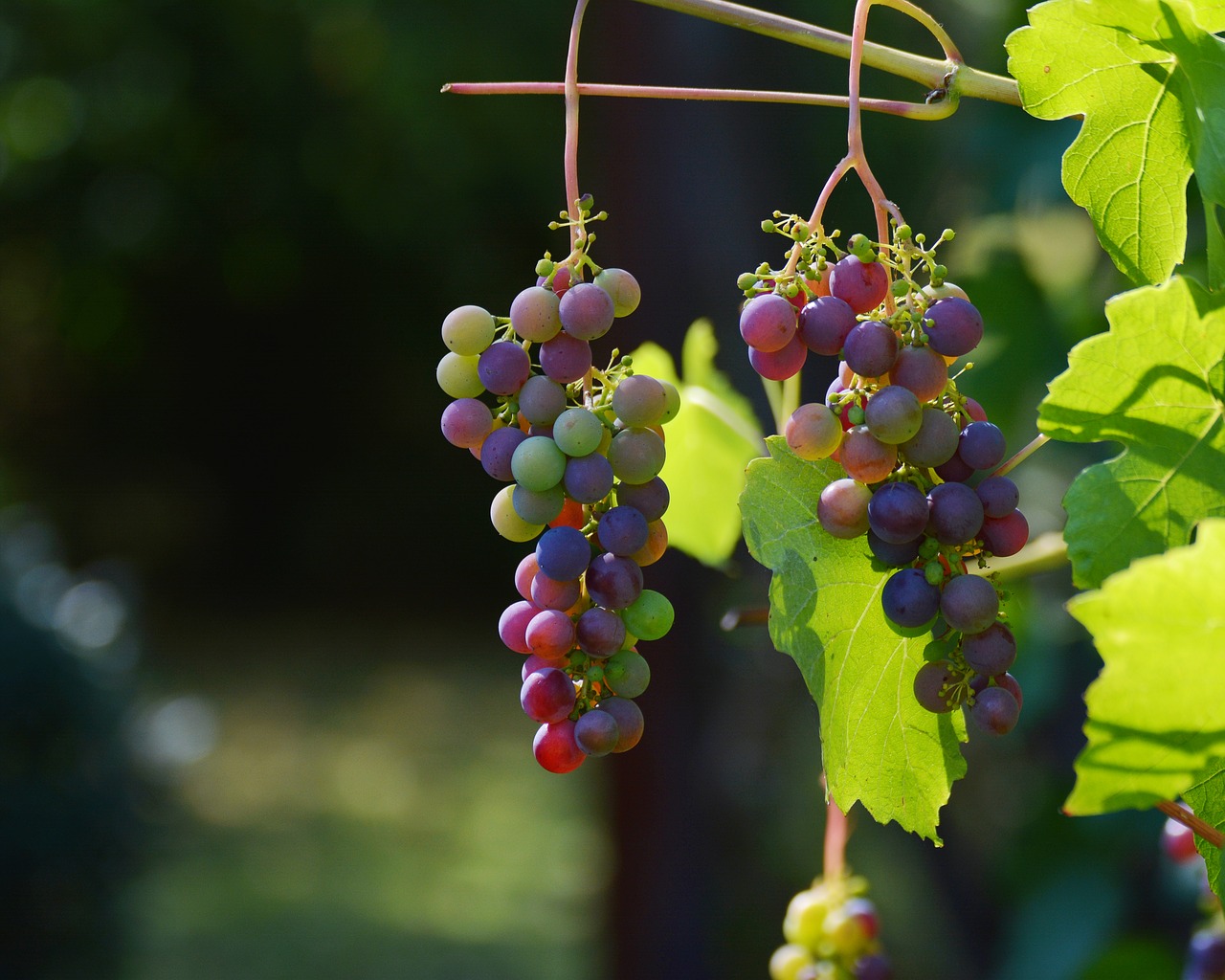
Perbericht OIV: 2019 Wine Production first estimations
After an exceptionally high wine production volume in 2018, the 2019 production - estimated at 263 mhl - is back to the average level of recent years.
- Unfavourable climatic conditions had a significant impact in Italy, France and Spain, resulting in below average productions.
Portugal is the only EU country with a wine production higher than last year. - Slight decline of wine production expected in the United States.
- In South America, wine production decreased compared to 2018, especially in Argentina and Chile.
- South Africa records a lower than average production level for the second year in a row.
- Australia and New Zealand show slightly lower production levels than in 2018.
During the press conference held at the headquarters of the International Organisation of Vine and Wine, the Director General of the OIV, Pau Roca, presented the first estimations for world wine production in 2019.
2019 world wine production
2019 world wine production (excluding juices and musts) is estimated between 258 and 267 mhl, with a mid-range estimation at 262.8 mhl.
The 2019 vinified production drops by 10% compared to the previous year. Although this 30 mhl gap seems significant, the 2019 production level is in line with production levels observed in the period 2007 - 2016 (with the exception of 2013). After two consecutive years that can be defined as extremely volatile, 2019 brings wine production back to average levels.
In the European Union (EU)
In the European Union (EU), unfavourable weather conditions– from frost to drought - significantly impacted 2019 wine production, which is lower than average. The production volume evaluated at 156.0 mhl (representing 60% of the world production) is about 15% lower than the previous year. This is a significant decline of 26.7 mhl compared to 2018 production (182.7 mhl).
With a few exceptions, preliminary estimates for 2019 wine production are lower than average in the main EU countries. Compared with the exceptionally high volume of production in 2018, there is a drop of -15% in Italy (46.6 mhl), -15% in France (41.9 mhl) and -24% in Spain (34.3 mhl). This can be explained mainly by aleatory weather conditions, notably a very cold and rainy spring followed by an extremely hot and dry summer.
This contraction with respect to 2018 is recorded in most EU countries. However, while in Italy, France and Spain (that together account for 80% of the EU) production is low not only with respect to 2018 but also compared to their last five-year average, other countries such as Germany (9.0 mhl, -12% /2018), Austria (2.6 mhl, -4%/2018), Romania (4.9 mhl, -4%/2018), and Hungary (3.2 mhl, -6%/2018) show production levels that are in line or even above their last five-year average.
Portugal, with 6.7 mhl in 2019, is the only EU country with a wine production larger than the previous year (+10%/2018) and above its five-year average (+4%).
Northern hemisphere, outside the EU
Outside the EU, the 2019 wine production is high in countries such as Russia (6.0 mhl, +7%/2018) and Georgia (1.8 mhl, +1%/2018). Although lower than last year, the production volume in Switzerland (1.1 mhl, -6%/2018) is 10% larger than the average observed over the period 2014-2018.
The United States, which accounts for about 12% of northern hemisphere production, with a preliminary estimate at 23.6 mhl of wine production (-1%/2018), registers a high level of production for the fourth year in a row. This figure is based on forecasts on grape harvest, thus it could be significantly reviewed in the coming months when more information will be available.
Southern hemisphere
In the Southern hemisphere, where harvests ended in early 2019 and thus preliminary figures on wine production tend to be more accurate and reliable for this period of the year, the scenario for 2019 is somehow similar to that of the Northern hemisphere, with a wine production generally lower than the previous year but overall in line with the five-year average and representing about 20% of the world production.
South America is the region in the southern hemisphere that registers the sharpest decrease with respect to the high production of 2018. In Argentina, 2019 wine production is likely to reach 13.0 mhl (-10%/2018). Chile with 11.9 mhl records a -7% decline with respect to 2018 and an increase of +8% with respect to the last fiveyear average. Brazil, after two consecutive years above 3 mhl, has an estimated wine production volume of 2.9 mhl, more than 10% higher than its five-year average.
In South Africa, where drought significantly impacted the harvest, wine production is estimated at 9.7 mhl. It is the only major producing country that, for the second year in a row, records a lower than average production volume (-9% with respect to the five-year average).
In Oceania, Australia registers a slight decline in wine production volume, here estimated at 12.5 mhl (-3% compared to 2018 but overall in line with its 5-year average). In New Zealand wine production registers for the fourth year in row a figure close to 3.0 mhl in 2019 (-1%/2018).
OIV
The OIV is theintergovernmental organisation of a scientific and technical nature of recognised competence for its work concerning vines, wine, wine-based beverages, table grapes, raisins and other vine-based products. It is composed of 47 Member States.
Bekijk hier het volledige verslag met schattingen van het OIV.

